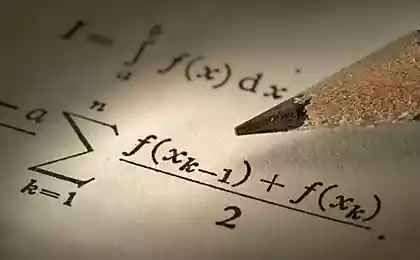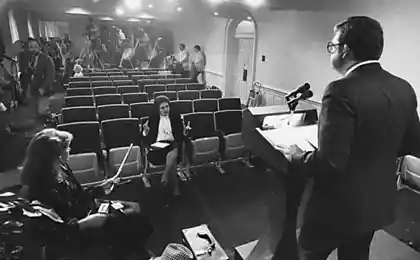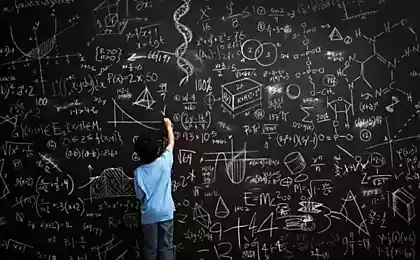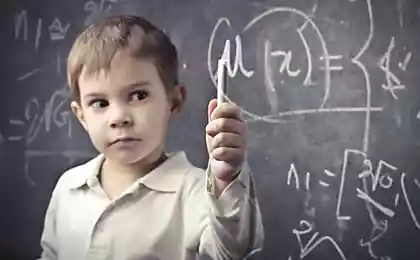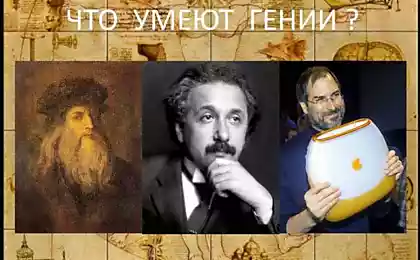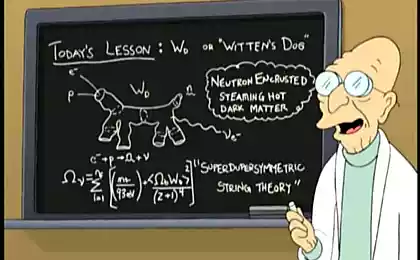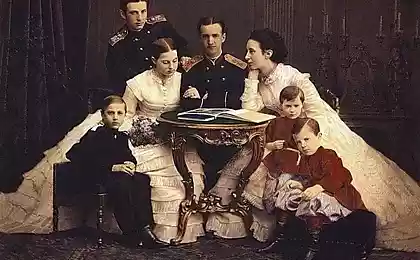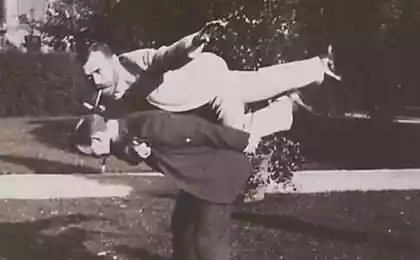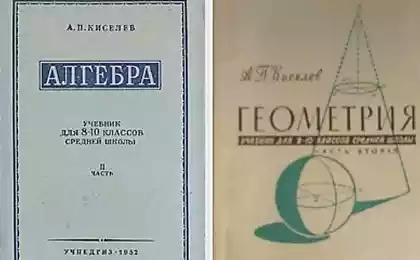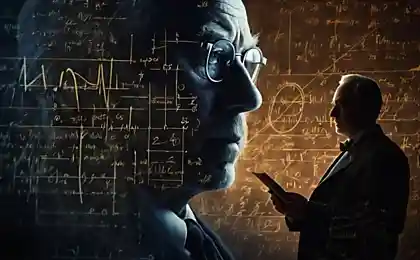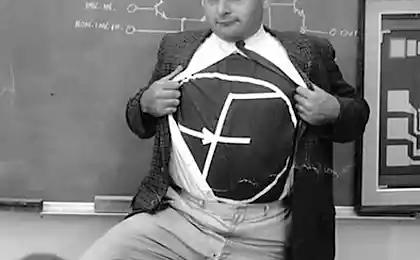642
Unrecognized geniuses: 10 little-known mathematicians in the history of science
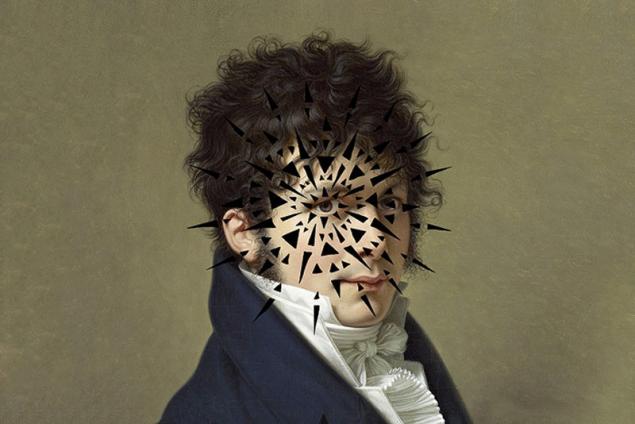
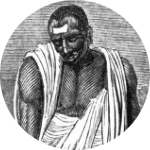
Brahmagupta, India (598 — 670).
An outstanding astronomer Brahmagupta has written an extensive treatise on the topic, how solar and lunar eclipses, movement of planets, phases of the moon. But his genius manifested itself most notably in mathematics. He gave the definition of zero and set the rules of arithmetic operations with this number. Also, the scientist who first proposed the existence of negative numbers, a concept which the Greeks considered "absurd." Brahmagupta showed that multiplying two negative numbers (he called them the "debt") gives positive number (or "property" in his terminology).
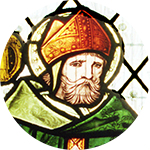
Robert Grosseteste (England, 1170 — 1253).
Grosseteste was a famous churchman and the last 18 years of his life he served as Bishop of Lincoln Cathedral. But in the early years he was known as a specialist in all Sciences, from medicine to cosmology. In fact, in the middle Ages he was the first person with the thinking, more typical of the New time. He spoke with respect on Aristotle, but at the same time preferred experimental knowledge is a blind following of authority. Grosseteste was an expert on optics and believed that light is a fundamental principle of all life that formed the cosmos and created the celestial sphere. Roger bacon, is more famous scientist-the discoverer of the XIII century, highly valued Grosseteste, neglecting other major names of the time.
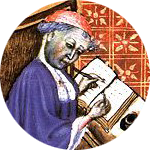
Nicholas Yell (France, 1320 — 1382).
One of the most innovative mathematicians of his time, Yelling has presented a logically sound hypothesis the fact that the change of day and night are caused by Earth's rotation, not the movement of the Sun. However, he then rejected his brilliant guess — that way he could stay on good terms with the Church (he was a Bishop) and to avoid house arrest or burning at the stake.
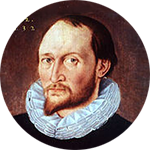
Thomas Harriot (England, 1560 — 1621).
Herriot was a specialist in different areas, having started its academic activities with the expedition to Roanoke island. He later became a prominent English mathematician and have made significant improvements in algebraic symbolism. As an astronomer, he described the characteristics of the lunar surface and discovered the satellites of Jupiter — maybe a little earlier than did Galileo. His work on optics include analysis of the physics of the rainbow. In life most of his work has not been published; so many later mathematicians rediscovered what Herriot has already proven or anticipated.

Antoine parent (France, 1666 — 1716).
The couple used their universal intelligence for the benefit of different scientific fields. He studied physics and astronomy, cartography and geometry, chemistry and biology, and even music. Most of the epiphanies he reached in the analysis of practical issues, such as the influence of friction on the movement, and tried to calculate the theoretical maximum efficiency of the machine. For example, he took the water-wheel commonly used in sawing wood or grinding grain. The data received by the Parent, were wrong, but nevertheless they became the basis for the discovery of the second law of thermodynamics. Sharp criticism of Descartes deterred him from potential friends and followers, who began to consider the paraná abrupt and tactless. But after his death from smallpox author of one obituary noted that the scientist had "virtues that are not sought to expose in public."
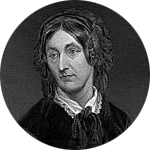
Mary Somerville (Scotland, 1780 — 1872.)
She was the Carl Sagan of the nineteenth century, one of the most respected and active popularizers of science of the time. Somerville in 10 years, independently began to study algebra and geometry in secret from his father, who did not approve of these activities. When she married, she moved to London, but after her husband's death, soon returned to Scotland and to science. When she was asked to translate the work of Laplace in celestial mechanics, she made an English version in the popular explanation of the ideas of the scientist, thus the beginning of a series of books which focuses on cutting-edge scientific discoveries to a wide audience of the nineteenth century. Her work is valued and scientific community, combines a brilliant insight and the ability to share their insights.
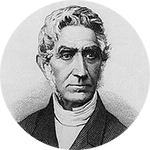
Adolphe Quetelet (Belgium, 1796 — 1874).
At a young age, Quetelet dabbled in poetry and Opera, but before becoming an astronomer, wisely switched to mathematics and, ultimately, became the most famous expert on statistics. Quetelet was particularly aware of the importance of statistics in social Sciences. For example, he has demonstrated the ability to predict the incidence of various crimes. He recognized the mistakes that spawns inaccurate statistics, noting that the figures say nothing about individuals, but can nevertheless construct a "middle man" that reflects important features of the companies. Also to help the many people sitting on a diet, he calculated the body mass index, so people can be aware of their deviations from the norm.
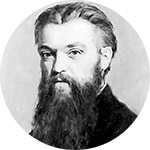
William Kingdon (England, 1845-1879).
A brilliant mathematician, Clifford had poor health and died at the age of 33. Despite this, he managed to earn an international reputation through his original views on matters of geometry and mathematics. His work anticipated the discovery of some of the principles of the theory of relativity; Clifford showed that "the forces that we consider to be physical, can arise because of the peculiarities of spatial geometry — and thus ahead of the Einstein description of gravity as a consequence of the curvature of space-time.
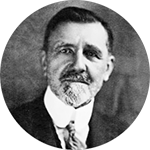
Emile Borel (France, 1871 — 1956)
To 11 years genius Borel was so obvious that he went to the house to get more education and to find their place in Paris, where he realized that mathematics live the most exciting and fulfilling lives. He became extremely productive scientist, making the greatest contribution to the set theory (branch of mathematics where we study the properties of different sets) and probability theory. And by 1920, he opened the main principles of game theory (a mathematical method of studying of optimal strategies), unknown John von Neumann who later had to do the same job.
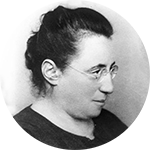
Amalie Emmy Noether (Germany, 1882 — 1935)
In the mid-nineteenth century, several men brought the law of conservation of energy, but it was Emmy Noether explained the reason why the energy is conserved. This happens due to the symmetry in nature, or rather, symmetry, which says that the change of sign of time does not affect the essence of a physical law. Moreover, she showed that other symmetries also requires the implementation of conservation laws — for example, spatial symmetry guarantees the conservation of moment of momentum. Noether contributed to other areas of mathematics, especially abstract algebra, and clarified some of the mathematical aspects of General relativity. After many years of discrimination she was allowed to take a faculty position at the University of göttingen. This happened after the statement made by the distinguished mathematician David Hilbert that a University is not a men's bath.
Source: theoryandpractice.ru
